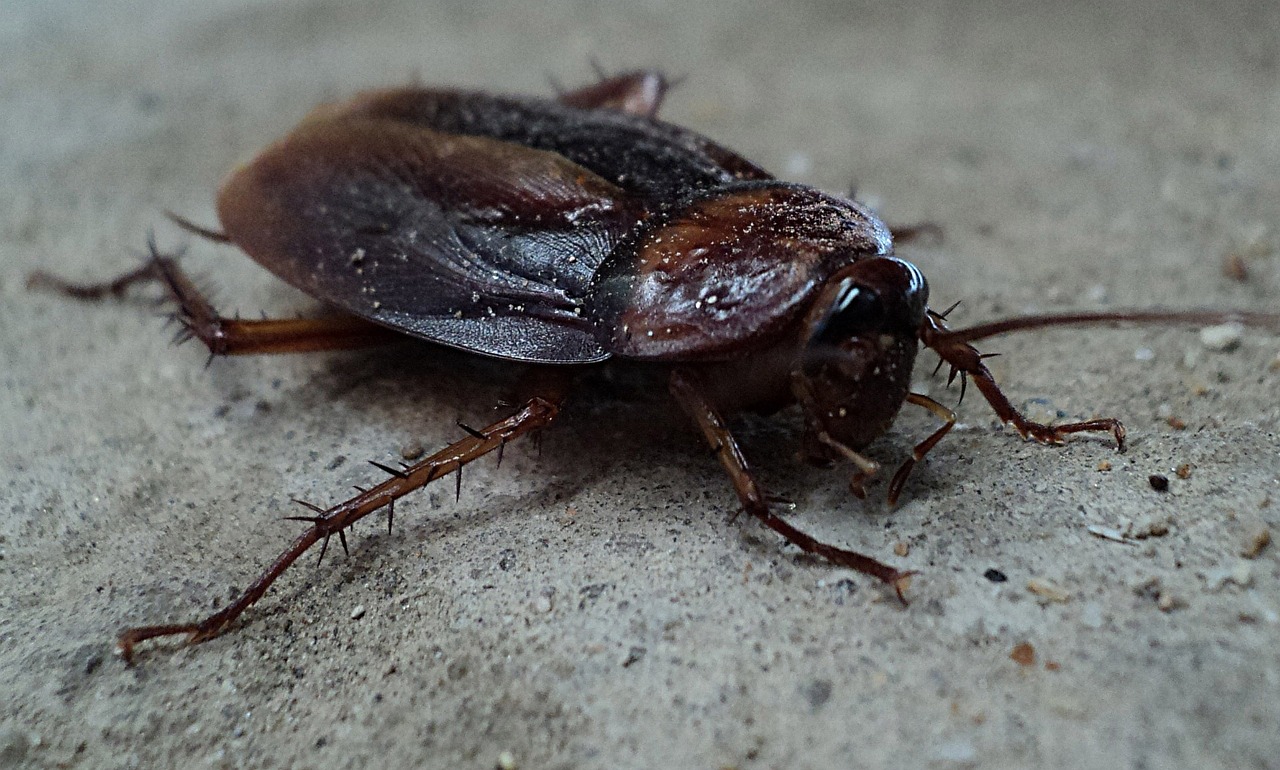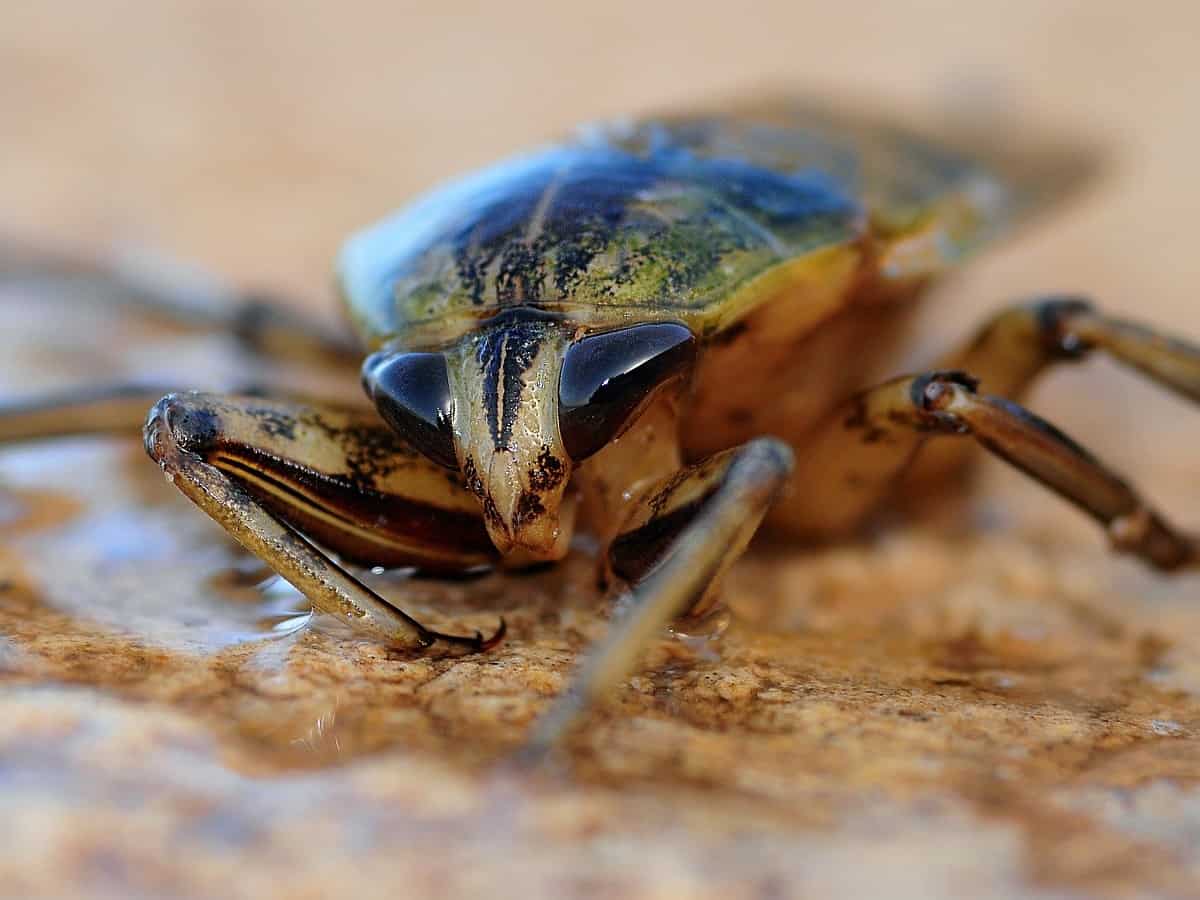When we talk about cockroaches, adjectives like “disgusting,” “foul,” “ugly,” “hideous,” “repulsive,” and “revolting” come to mind, and for good reason: we are inherently repulsed by them.
This is due to the fact that most insect fears stem from a fear of illness and contamination, and cockroaches are dirty. Because of their surroundings, they not only carry disease-causing pathogens but also a diverse range of bacteria on their bodies, legs, and feet.

Roaches have existed for millions of years on Earth. Some think that even in the event of a nuclear war, they will be the ones left standing. These hardy little pests are well-known for their perseverance and capacity to endure in any environment, and it can be challenging to completely eradicate their infestations.
To keep cockroaches out of your house or place of business, you must first become familiar with their habits, then take precautions and, in the event that an infestation does occur, find a trustworthy cockroach control service.
Cockroaches differ in size and appearance, but they all have certain physical traits that help to distinguish them from one another. These characteristics include an oval form, long antennae that resemble threads, legs with spines, and the pronotum, a “shield-like” plate that is situated directly behind the head. Few adult cockroaches can fly, despite the fact that many of them have fully developed wings.
Cockroaches are resilient insects that can survive in a variety of settings. They hide in dark places and run quickly. American cockroaches can even fly when startled.
There are about thirty distinct species of cockroaches that are linked to human habitats.
German Cockroach: This species is found all over the world and is the most common cockroach species in homes, restaurants, and hotels in the United States.
They can only be found in structures. They eat human and pet food, as well as fruit, leather, and even book bindings. They prefer to live in inaccessible cracks and crevices and are most active at night. They are most commonly found in the kitchen and bathroom, where food and water are available. This species has the highest rate of reproduction of any common pest cockroach.
American Cockroach: These cockroaches prefer moist environments and are most active at night, both inside and outside of buildings. They’re common in basements, heating ducts, and sewage systems. Aside from plants, they also consume human food and the organic matter found in sewage.
Oriental Cockroach: Since they inhabit moist environments, oriental cockroaches are also referred to as water bugs. They have been discovered outside in subfreezing temperatures and can endure in chilly climates.
Though they move far more slowly than German and American cockroaches, they are most active at night, just like them. They are thought to be among the dirtiest cockroaches, possess a strong odor, and are typically found on the first floors of buildings.
Brown-banded Cockroach: German cockroaches and brown-banded cockroaches are roughly the same size. However, this species needs less moisture than the German cockroach and prefers to live in areas of the house that are always warm, like those near water heaters.
They infest bathrooms and kitchens, but they can also be found in parts of the house that aren’t near food or moisture. On both sexes, there are noticeable yellow bands that are horizontal.
Spotted Mediterranean Cockroach: The spotted Mediterranean cockroach was accidentally introduced from Europe and was discovered in Massachusetts in 1948.
Adults of this species can be seen flying around buildings and entering homes through doors, windows, and vents. Like other cockroach species, it is nimble and capable of running very quickly.
Pennsylvania Wood Cockroach: East Coast residents frequently encounter Pennsylvania wood cockroaches. They can be found outdoors in woodpiles, stumps, and hollow trees beneath loose bark. They are usually carried inside with firewood.
They primarily consume decaying organic matter and almost never breed inside. Males have long, well-developed wings, allowing them to fly and enter open doors and windows in trees and logs. The adult female has very short wings (about 1/2 inch long) but otherwise looks similar.
Surinam Cockroach: Surinam cockroaches can also be found worldwide, though only females are found in the United States. They reproduce through parthenogenesis (without mating). Surinam cockroaches feed on plant material at night, causing plant damage.
It irritates people in greenhouses, zoos, and botanical gardens, among other places.
The majority of these cockroaches develop in three stages (egg, nymph, and adult). The adult female produces an egg capsule (ootheca) containing up to 44 eggs, depending on the species.
An efficient and environmentally beneficial way to keep cockroaches away is to use natural repellents. Herbal remedies can be a fantastic substitute for those who want to avoid dangerous chemicals.
Because of their potent scents, many essential oils, including eucalyptus, lavender, and peppermint, have been found to repel cockroaches. These oils can be sprayed around the house after being diluted with water to make the environment uninviting to pests.
Making homemade cockroach traps with organic materials is an additional choice. A deadly mixture of sugar and baking soda can be used to kill cockroaches. While the baking soda initiates a chemical reaction in their digestive tract that finally results in their death, the sugar serves as a lure.
These all-natural repellents not only keep cockroaches at bay but also make living spaces safer and healthier.
Cockroaches have a keen sense of smell, which they use to locate food. You can take advantage of this by repelling them from your home with scents they dislike, such as thyme, citrus, basil, mint, and citronella.
Cockroaches can be deterred in the kitchen by using scents such as bay leaves, garlic, peppermint, and coffee grounds. You can pick bleach or vinegar if you want a strong-smelling disinfectant. Essential oils like eucalyptus or tea tree oil are also the best scent-based deterrents.
Some cockroaches in the northern regions of the United States will start to act in the spring and continue to do so until fall. They will enter diapause, which is akin to hibernation when the cold weather arrives.
Cockroaches, on the other hand, might carry on with their activities all winter long if they are in a warm place with food and water, like a house or place of business.
This implies that the arrival of cold weather won’t solve the cockroach problem. Because temperatures in warmer regions, such as Florida, rarely drop below a certain point, cockroach activity is usually year-round.
Cockroaches do not bite and do not eat your home like termites or carpenter ants, but they can be dangerous to your health.
Cockroaches can emit pheromones into the air, attracting other cockroaches for swarming and mating. Unfortunately, these chemical trails can also spread bacteria and disease, posing a significant health risk. They have been linked to the following diseases:
Roaches are also responsible for contaminating food and potentially destroying food stores because their droppings can spread bacteria.

Due to their nocturnal nature, cockroaches are less likely to be noticed until a minor infestation has occurred. If you find cockroaches, it’s likely because other roaches have driven them out of all the good hiding spots.
If you find a few in your kitchen or bathroom during the day, there are probably many more hiding behind cabinets or walls, waiting to emerge when you’re not around.
Cockroaches gather in dimly lit areas, and the smell of their waste draws in more of them. These aggregation points are commonly found in wall voids, cabinetry, electronic equipment, and other places.
A good general rule of thumb for cockroaches is that the more you see them, the more you should call a professional pest control specialist.
Cockroach identification is necessary before treatment because different cockroaches prefer different resources. German cockroaches, for example, prefer areas with plenty of water, so making sure there are no leaks helps reduce the likelihood of a German cockroach infestation.
The cleanliness of your home is also one of the first things to consider, as most roach infestations are associated with an unsanitary environment. However, because roaches are so good at crawling through spaces and between walls, your neighbor’s roach infestation may spread to your apartment. In that case, you should also keep an eye out for cracks or openings in your wall.
The best course of action is to prevent cockroach infestations in the first place. To keep cockroaches out of your home, we recommend the following measures:
Remember, if your cockroach infestation has gotten out of hand and if you want to permanently get rid of cockroaches, professional pest control is your best bet.
The majority of homeowners are aware of the health and safety hazards linked to cockroach infestations. What is less well known is that cockroaches are a very interesting and resilient pest with some very strange behavior and survival tactics:
These facts demonstrate that cockroaches are among the most adaptive animals on the planet, which adds to the difficulty of managing and getting rid of a cockroach infestation. The best and easiest way is to hire an expert to help you get rid of cockroaches in your home.
With the skills necessary to deal with insects and other creatures, Titan Pest Services is a full-service pest control and extermination company.
We investigate your pest or rodent problem, address your questions and concerns, thoroughly explain our recommendation, and treat your property with care.
Please contact us if you have any questions or need assistance keeping your home pest-free.